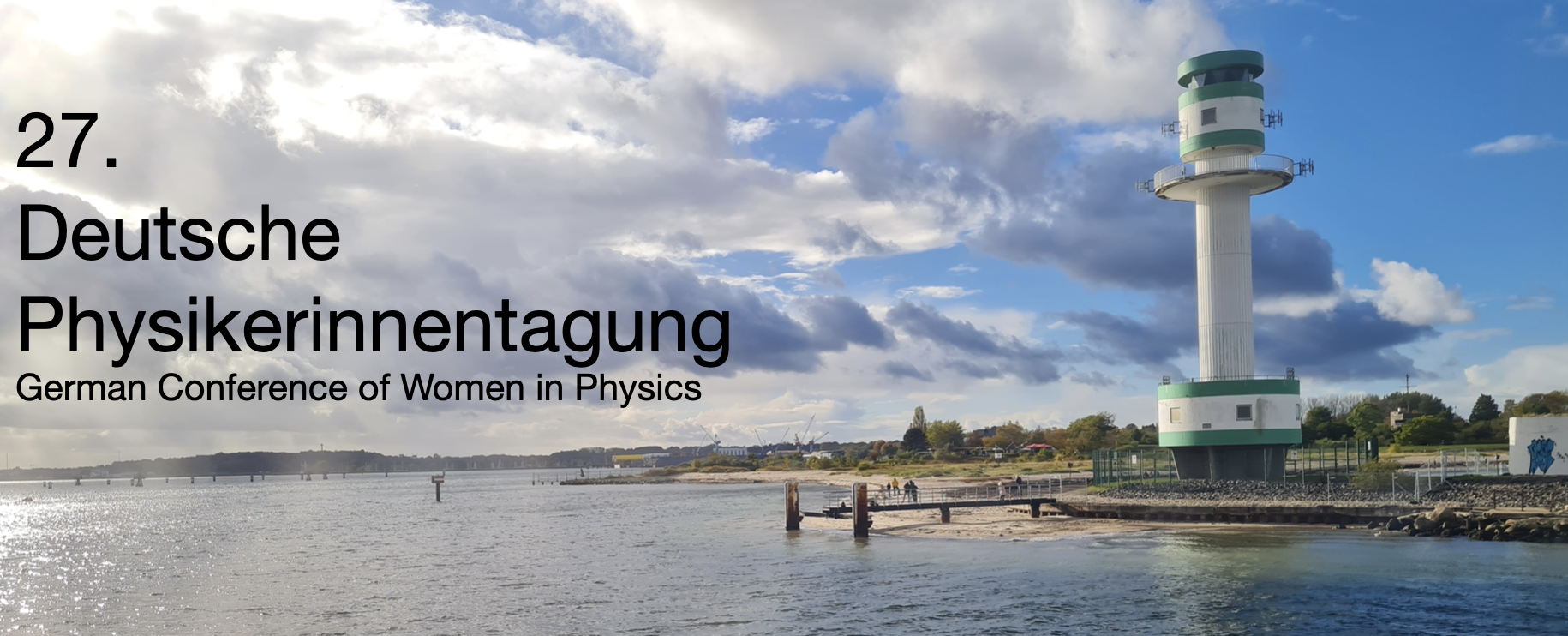Speaker
Description
This study investigates the role of quasi-symmetry (QS) in plasma confinement in stellarators, focusing on its sensitivity to various design parameters. QS is crucial for confining trapped charged particles and plasma in toroidal magnetic fields, essential for stellarator operation. In a quasi-symmetric stellarator, although the magnetic field geometry may not be symmetric, the magnetic field strength can exhibit symmetry along a specific coordinate, providing the confinement of guiding center trajectories. The research analyzes three stellarator configurations and examines the impact of coil number (n), coil separation (d), coil complexity (regularization parameter, λ), and manufacturing imperfections (simulated as Gaussian perturbations with amplitude σ and characteristic length L) on QS. The stellarator equilibria analyzed include the APEX-EPOS configuration as well as reactor-sized designs with quasiaxisymmetry (QA) and quasihelical symmetry (QH) with precise quasisymmetry for plasma confinement. Using REGCOIL for coil design optimization and SIMSOPT for coil perturbations, we applied Gaussian perturbations to simulate realistic manufacturing conditions. Results show that QS decreases with increasing perturbations (σ), highlighting its sensitivity to manufacturing tolerances. This study also investigates how QS changes with varying coil numbers (n), explores the relationship between QS and coil separation, and examines the effect of coil complexity (λ) on QS. These findings provide critical insights into optimizing coil design, including performance of the field accuracy at reactor relevant dimensions. Overall, the work offers valuable guidelines for designing stellarators that balance high performance with practical feasibility.

